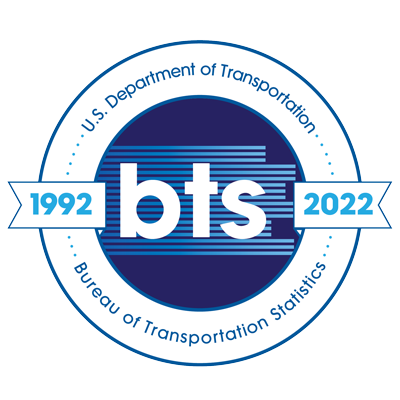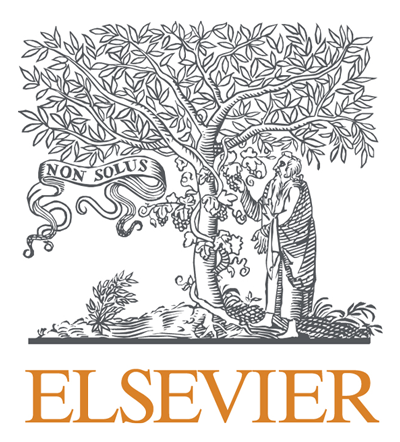Geographic Patterns of Colorectal Cancer in Texas (2010 – 2018)
Topics:
Keywords: EoCRC, Public health, Spatial analysis, GIS, Cancer
Abstract Type: Lightning Paper Abstract
Authors:
Yanyan Liu, Texas State University
F. Benjamin Zhan, Texas State University
,
,
,
,
,
,
,
,
Abstract
Based on the American Cancer Society report, Colorectal Cancer (CRC) is the third most common cancer in the United States. In the US, CRC incidence and mortality rates have decreased among people older than or equal to 50 since the early 1990s. But the rate of CRC incidence among those younger than 50 (In the medical field, this disease is named Early-onset Colorectal Cancer, EoCRC) increased over that period. This study explores the geographic patterns of EoCRC in Texas. We used data from the Texas Cancer Registry. Surveillance, Epidemiology, and Texas Cancer Registry Variables used in the analysis included the patient's gender, age, race, address, and related diagnosis information. First, we analyzed the spatial and spatial-temporal patterns of CRC patients (ages >=50) and EOCRC patients (ages<50) at both the zip code and census tract levels. Analysis results suggest that, for pure spatial analysis at the census tract level, the rates of both CRC and EOCRC have similarly are low across Texas. In contrast, at the Zip code level, rates of EOCRC are low in central Texas (west of the Austin metropolitan area and north of the San Antonio metro area), but rates of CRC are high in these areas. Similar to the results of purely spatial analysis, the results of the spatial-temporal analysis show that only zip code level results for CRC are inverse to the EOCRC.
Geographic Patterns of Colorectal Cancer in Texas (2010 – 2018)
Category
Lightning Paper Abstract












